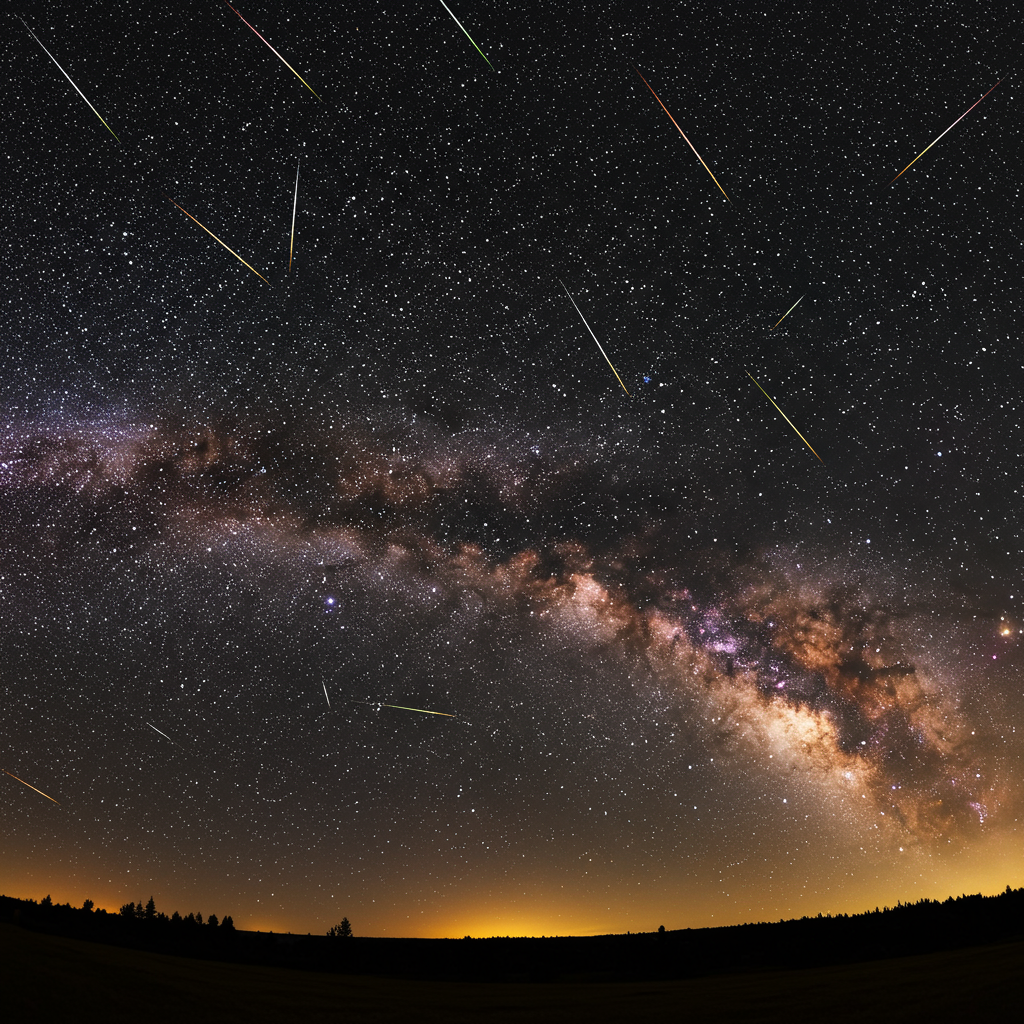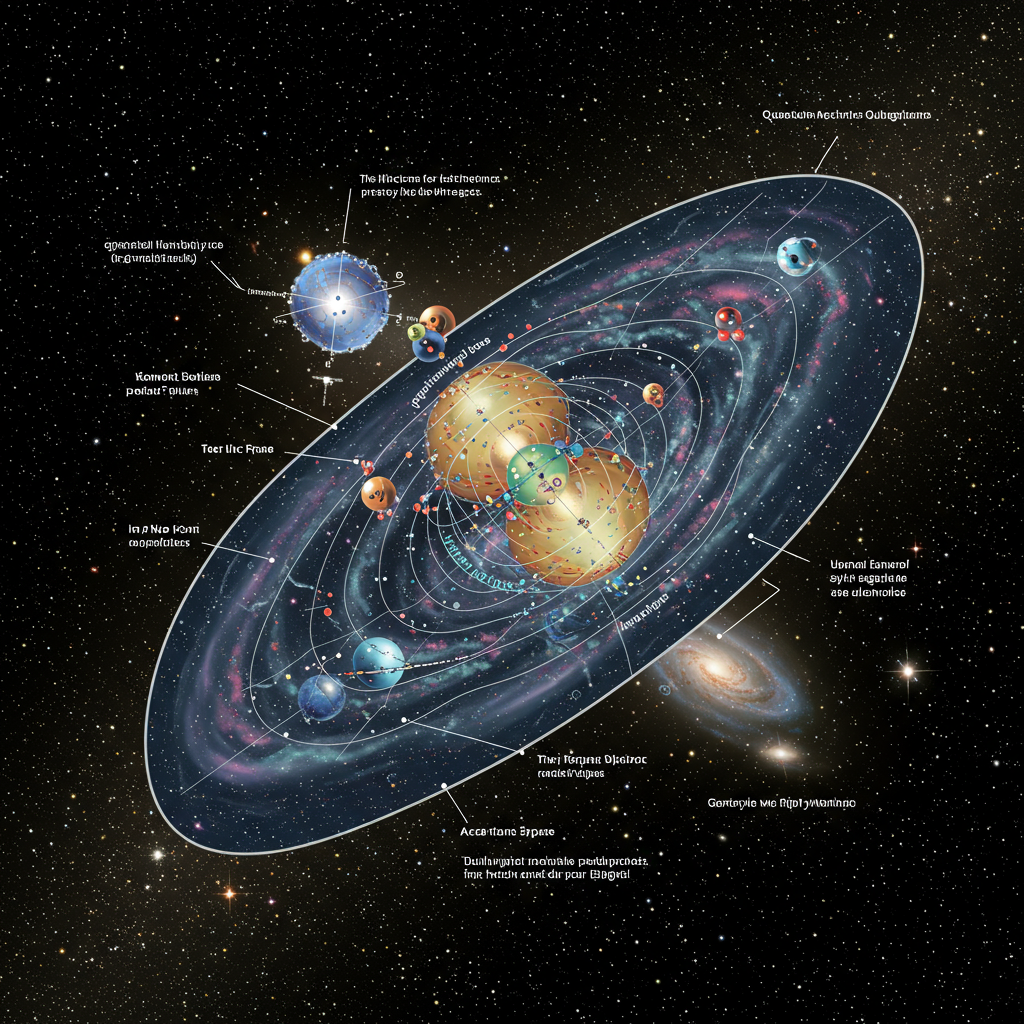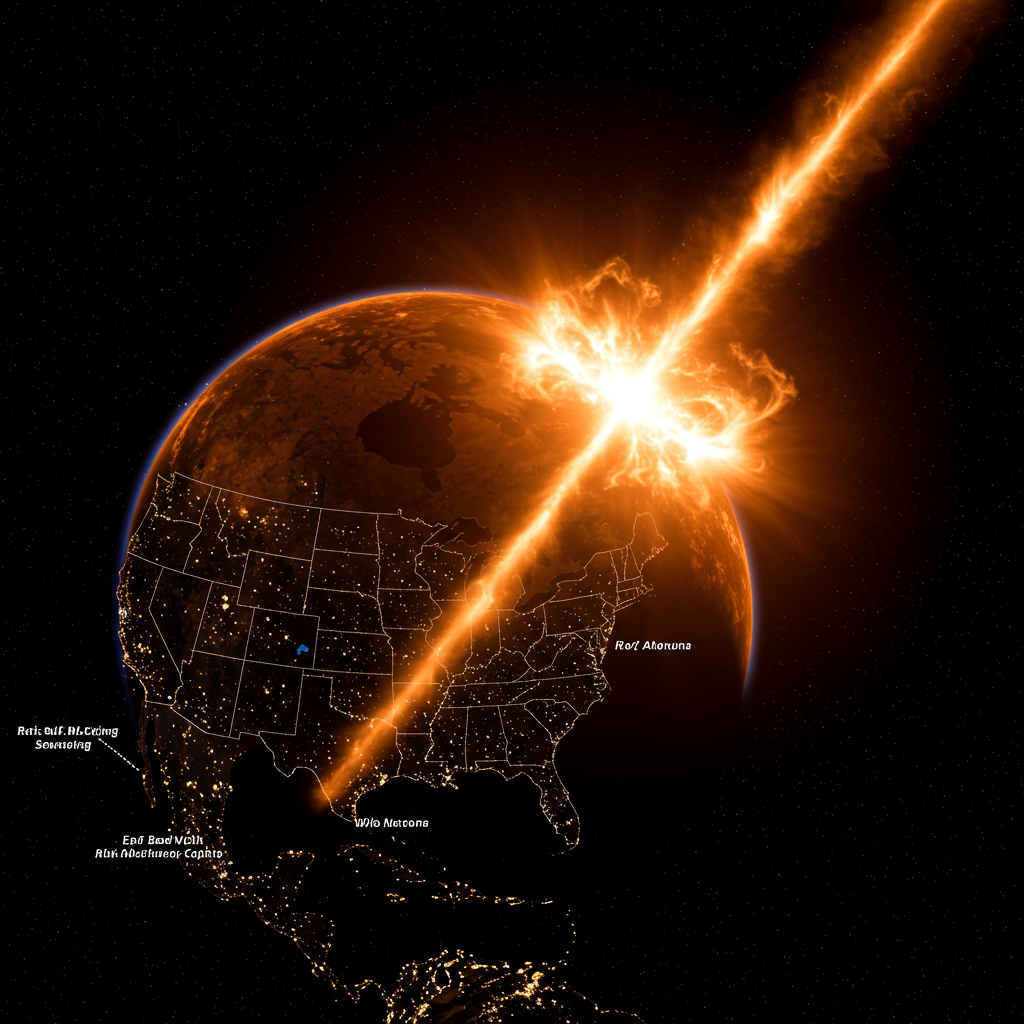Elon Musk’s Starlink network has rapidly reshaped global satellite operations, delivering internet access to remote corners of the world while sparking urgent debates about private power, orbital congestion, and environmental impact. With SpaceX’s ambitious constellation now comprising two-thirds of all active satellites, its technological prowess is undeniable. However, this unprecedented dominance brings profound risks. Experts and governments alike are grappling with the potential for catastrophic orbital collisions, significant atmospheric pollution, and the geopolitical implications of a single entity controlling vital communication infrastructure.
The Ascent of Starlink: Reshaping Earth’s Orbit
SpaceX, under Elon Musk’s leadership, has dramatically accelerated the deployment of satellites into low-Earth orbit (LEO). By October 2025, the company’s Starlink constellation launched its 10,000th satellite, swelling the total number of active satellites to around 8,500. A staggering two-thirds of these now belong to Musk’s company. This rapid expansion is just the beginning; the European Space Agency (ESA) forecasts a monumental increase, with the total number of orbiting satellites potentially reaching 100,000 by 2030. The vast majority of these will form expansive “megaconstellations” designed to blanket the globe with universal internet access.
Starlink operates by beaming internet through the vacuum of space, offering speeds significantly faster than traditional fiber-optic cables for many users. Its close proximity in LEO—around 342 miles (550 kilometers) above Earth—reduces latency and allows for rapid data transfer to almost any point. This system has proven invaluable in emergency situations, providing critical communication in conflict zones like Ukraine and aiding disaster relief in places like Tonga. Yet, this technological marvel comes with inherent challenges that extend far beyond simple connectivity.
Navigating Orbital Crowding and Collision Risks
The sheer volume of Starlink satellites presents an escalating challenge for space traffic management. A pivotal incident in August 2019 highlighted these dangers. A SpaceX Starlink satellite nearly collided with the ESA’s Aeolus satellite. Despite repeated warnings, SpaceX initially indicated no plans to act, attributing later communication failures to a “bug.” ESA was ultimately forced to perform an evasive maneuver, averting what could have been a catastrophic event.
This near-miss underscores the critical threat of the Kessler Syndrome. This theoretical scenario describes a runaway cascade of collisions, where debris from one impact triggers further crashes, ultimately transforming LEO into an impassable “spinning junkyard.” Such an event would destroy crucial communication networks and render future space activities impossible for generations. Dr. Siamak Hesar, a leading expert in space debris and CEO of Kayhan Space, acknowledges that Starlink’s systems are “ahead of the curve” in collision avoidance. They utilize active propulsion, continuous monitoring, and automated conjunction avoidance, and crucially, they broadcast their position and planned maneuvers publicly. However, Hesar warns that the lack of similar transparency from many other operators significantly increases overall risk. Hugh Lewis, another prominent space debris expert, further emphasizes this, stating that Starlink satellites are currently the primary source of collision hazards in LEO, accounting for approximately 50% of all close encounters weekly. This figure is projected to rise dramatically as more satellites deploy.
Geopolitical Power and Unchecked Influence
Elon Musk’s dominance in space is not merely commercial; it confers significant geopolitical power. His private company, SpaceX, is slated to deliver 90% of the world’s payload mass to space in 2025, essentially acting as “Earth’s space program,” as Musk himself has claimed. This unparalleled leverage has raised serious concerns about over-dependency and potential abuse of power.
A stark example emerged during the conflict in Ukraine. Starlink became the “essential backbone of communications” for the Ukrainian military, enabling drone operations, artillery coordination, and vital links for soldiers. However, Musk controversially denied a Ukrainian government request to activate Starlink services near Crimea, citing a desire to avoid conflict escalation. Ukrainian officials, including Mykhailo Podolyak, accused Musk of “committing evil” and contributing to civilian deaths, highlighting his personal influence over wartime outcomes. Patrice Caine, CEO of Thales, a major European satellite manufacturer, voiced deep concern about governments relying on an individual who “mixes up economic rationale and political motivation.” Caine stressed that government communications demand “reliability, visibility and stability,” a stark contrast to the unpredictable decisions of a private billionaire.
Moreover, the penetration of Starlink into sensitive government infrastructure raises additional questions. Reports reveal Starlink services were made accessible across the White House campus. While administration officials claimed it was a donation to improve Wi-Fi, the unique routing through a White House data center and Musk’s existing government contracts sparked alarms. Critics cited potential conflicts of interest, ethics issues, and concerns about network security and data access for a private entity controlling such critical communication channels.
Environmental and Astronomical Consequences
Beyond geopolitical risks, the massive proliferation of LEO satellites poses significant environmental and scientific challenges. The anticipated 100,000 satellites by 2030, each with a lifespan of around five years, mean a constant cycle of deorbiting. Current estimations suggest one to two Starlink satellites reenter Earth’s atmosphere daily.
US researchers warn that the burn-up of these satellites could release harmful chemicals into the atmosphere. A study funded by the National Oceanic and Atmospheric Administration (NOAA) suggested that particles from old satellites could warm the upper layers of the atmosphere by as much as 1.5 degrees. Aaron Boley, a Canadian researcher, further warned that the aluminum in deorbiting satellites produces aluminum oxide (alumina), a compound known to deplete ozone and alter the atmosphere’s ability to reflect heat. This could lead to an “out-of-control geoengineering experiment” with unforeseen climate changes. While the daily mass of deorbiting Starlink material is less than natural meteoroids, the distinct chemical composition, particularly the higher aluminum content, poses a novel threat.
Astronomers also face severe interference. Starlink satellites, especially shortly after launch, are visible as bright “trains” of lights, obstructing both optical and radio astronomical observations. The International Astronomical Union (IAU) has called these constellations a “significant or debilitating threat” to the pristine night sky, advocating for international protection. Meredith Rawls, a stellar astronomer, points out that the constant and loud radio signals beamed down for internet access can spill over into intended frequencies, severely impacting radio astronomy. The cumulative effect is akin to widespread light pollution, potentially brightening the night sky significantly and hindering deep space research.
The Path Forward: Regulation and Responsibility
As rival mega-constellations emerge—including Jeff Bezos’s Project Kuiper and state-backed Chinese networks—the calls for international regulation and oversight grow louder. The current lack of a comprehensive global framework allows private entities to operate with immense power and limited accountability. While SpaceX has implemented measures like “visors” on newer satellites to mitigate astronomical interference and has advanced collision avoidance systems, the sheer scale of the industry demands robust governance.
The stakes are incredibly high. Elon Musk’s ultimate ambition is to establish a permanent human colony on Mars, a venture Starlink is partly intended to finance. Paradoxically, if the Kessler Syndrome were to occur due to orbital congestion, such a catastrophic event could effectively trap humanity on Earth, rendering space travel and colonization impossible for generations. Addressing the complex challenges of space sustainability, environmental impact, and geopolitical accountability is crucial not only for our digital future but for the very future of humanity’s aspirations beyond Earth.
Frequently Asked Questions
What is the Kessler Syndrome, and why is Elon Musk’s Starlink increasing its risk?
The Kessler Syndrome is a theoretical scenario where a single collision in low-Earth orbit generates debris that causes a runaway chain reaction of further collisions. Elon Musk’s Starlink network contributes significantly to this risk due to the immense number of satellites it operates, currently two-thirds of all active satellites. While Starlink uses advanced collision avoidance systems, the sheer volume of objects dramatically increases the probability of accidental encounters. Experts like Hugh Lewis estimate Starlink accounts for about 50% of all close encounters weekly, making robust international regulation critical to prevent such a catastrophic event.
How does Starlink provide internet, and what are its main advantages and disadvantages?
Starlink provides internet by utilizing a vast constellation of satellites in low-Earth orbit (LEO), beaming data through space to user terminals on Earth. Its main advantages include high-speed internet access in remote or underserved areas, lower latency compared to traditional geostationary satellites, and rapid deployment for emergency communications, as seen in Ukraine and Tonga. However, its disadvantages include the significant environmental impact of reentering satellites, potential interference with astronomical observations, and the geopolitical risks associated with a single private entity controlling critical global communication infrastructure.
What are the key environmental and geopolitical concerns associated with the rapid expansion of Starlink?
The rapid expansion of Starlink raises significant environmental and geopolitical concerns. Environmentally, the constant deorbiting of satellites, with a five-year lifespan, releases harmful chemicals like aluminum oxide into the atmosphere, potentially depleting the ozone layer and contributing to atmospheric warming, as suggested by NOAA-funded studies. Astronomically, the satellites’ brightness and radio signals interfere with observations, threatening scientific research. Geopolitically, Elon Musk’s control over a vital communication backbone, as demonstrated by his decisions in Ukraine, grants him unprecedented influence over international conflicts and critical infrastructure, prompting warnings from government and industry leaders about over-dependency on a private individual.



